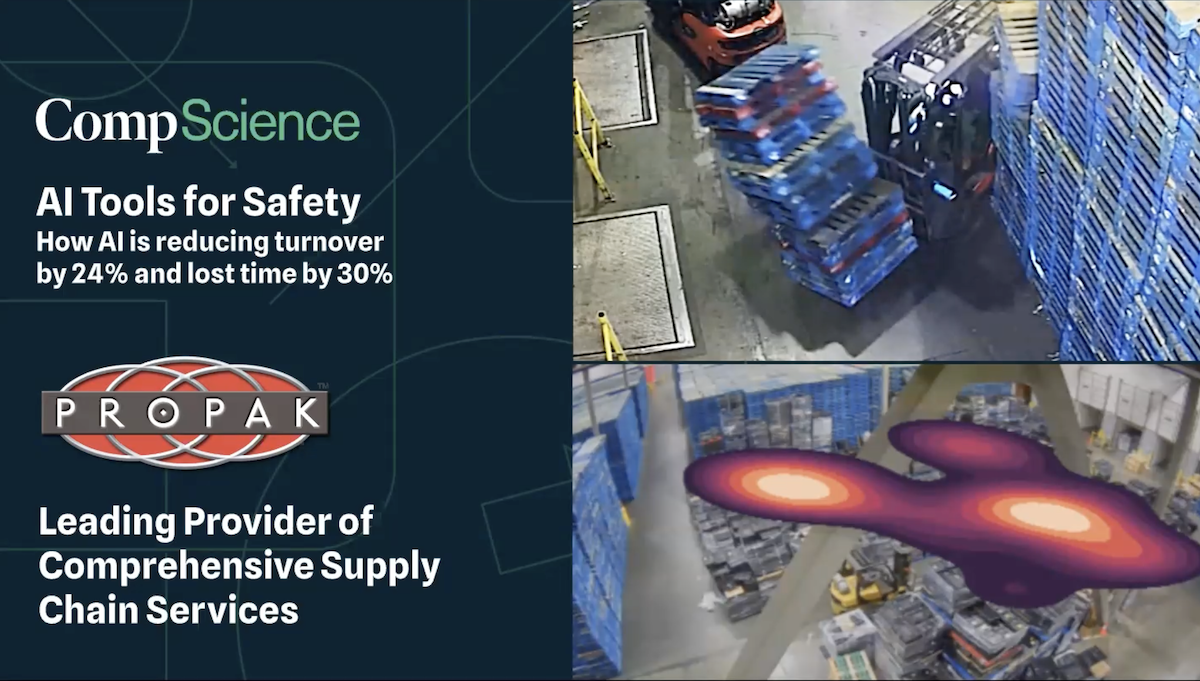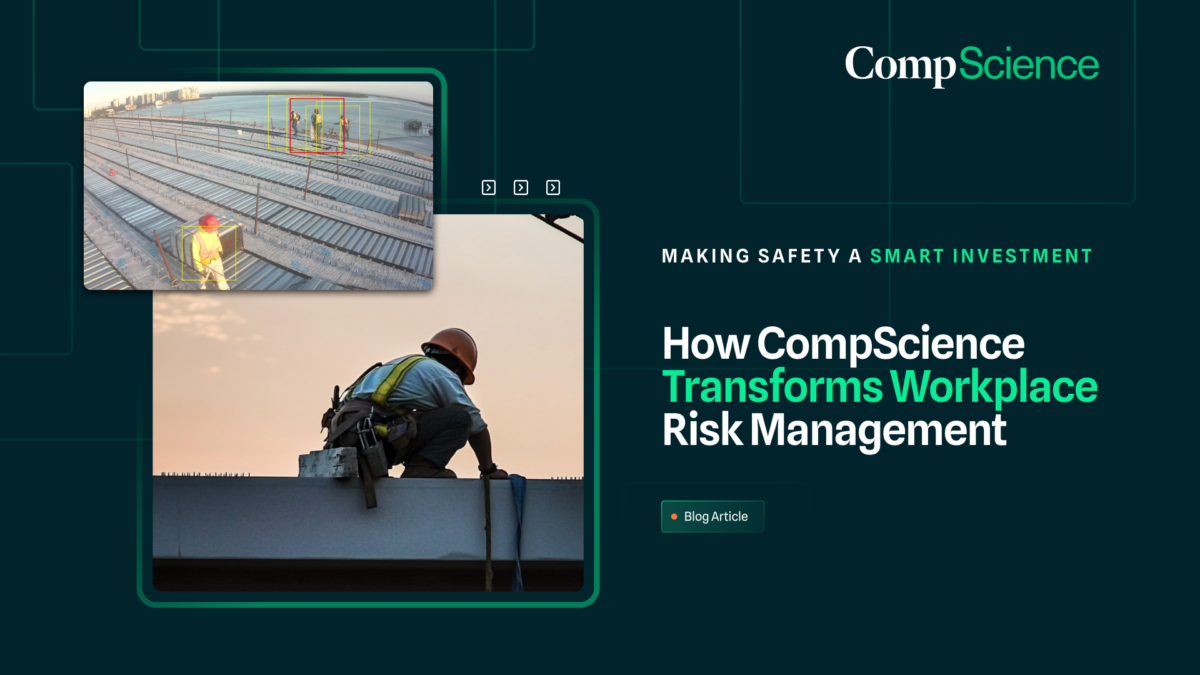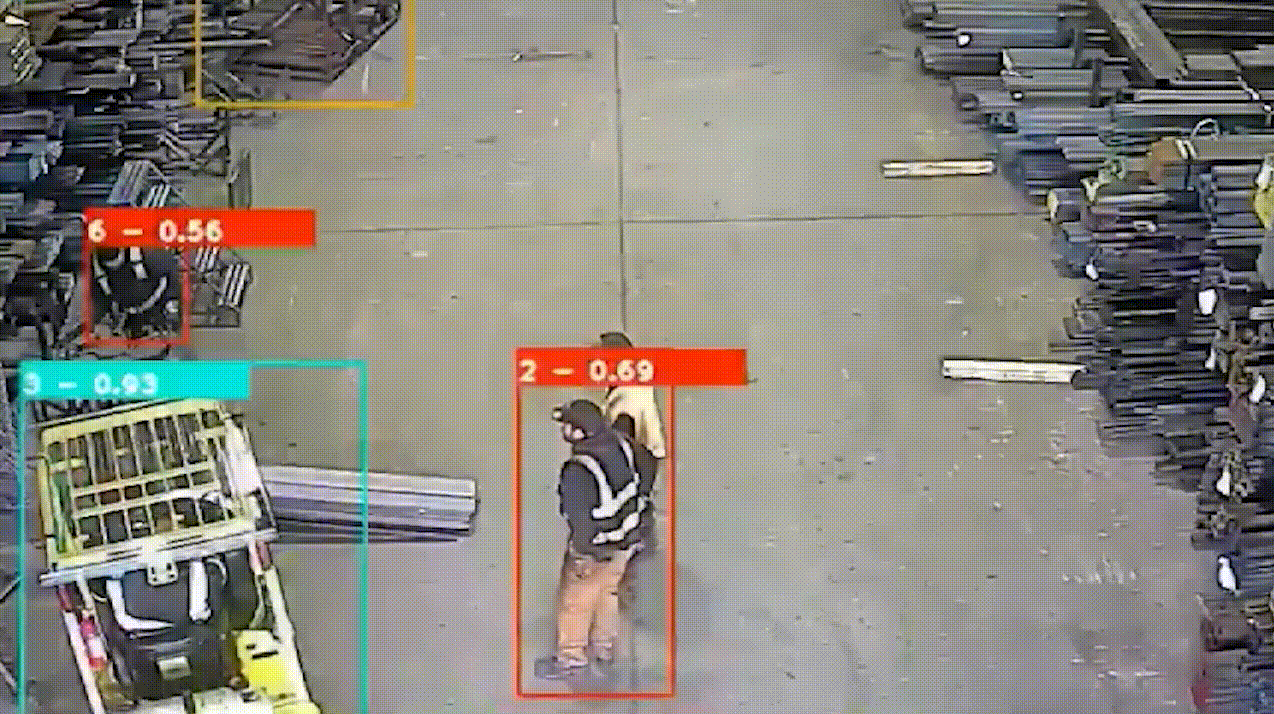Using Deep Learning AI with Video Analytics Can Quantify Activities, Hazards, and Near Misses in the Workplace
Video analytics using deep learning AI can be used to produce a rich picture of activities, hazards, and near misses in the workplace by analyzing video footage of the workplace.
According to a survey conducted by the International Association of Professional Security Consultants (IAPSC), 63% of respondents reported using video surveillance in their workplace, with smaller organizations being less likely to use video surveillance than larger organizations. This number is expected to grow rapidly and may already be over 90%,
Here are a few specific ways in which video analytics using deep learning AI can be used to produce a rich picture of activities, hazards, and near misses in the workplace:
- Identifying hazards: Video analytics using deep learning AI can be trained to recognize hazards in the workplace, such as equipment that is not being used properly or areas that are cluttered or obstructed.
- Identifying near misses: Video analytics using deep learning AI can be trained to recognize near misses, such as incidents where employees come close to being injured or accidents that almost occur.
- Analyzing activities: Video analytics using deep learning AI can be used to analyze the activities of employees in the workplace, identifying potential hazards or areas where accidents are more likely to occur.
- Providing alerts: Video analytics using deep learning AI can be configured to provide alerts when potential hazards or near misses are identified, allowing organizations to take corrective action to prevent accidents and injuries.
Overall, video analytics using deep learning AI can be a powerful tool for producing a rich picture of activities, hazards, and near misses in the workplace, helping organizations to identify potential hazards and prevent accidents and injuries.









